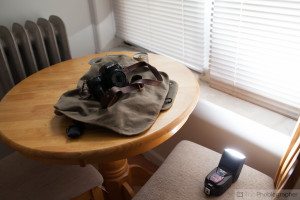Will the Canon R6 III Feature More Megapixels?
The Canon R6 series has been quite popular amongst content creators, professional photographers, and serious enthusiasts. The Canon R6 II has been quite a workhorse in this domain, with features such as Scene Intelligent Auto mode and Hybrid Auto mode helping one to get the best out of their shooting experience.



